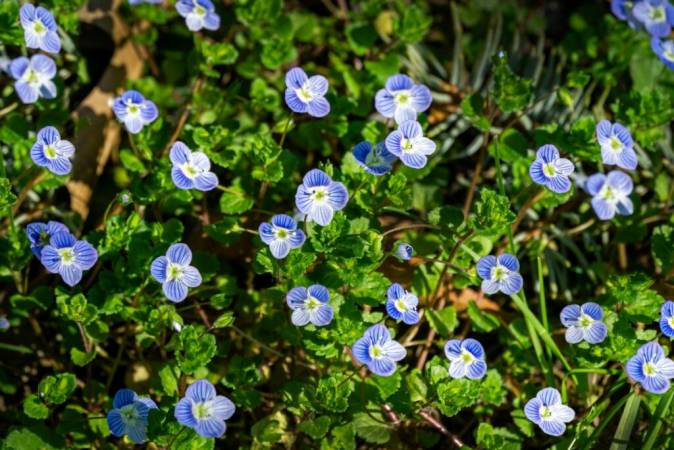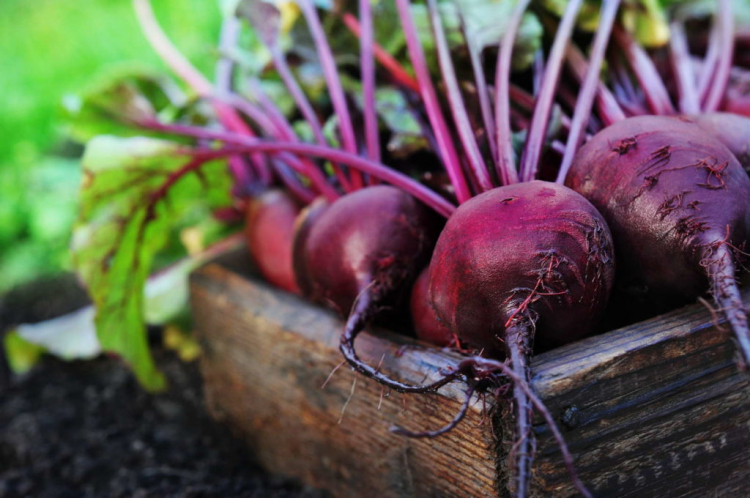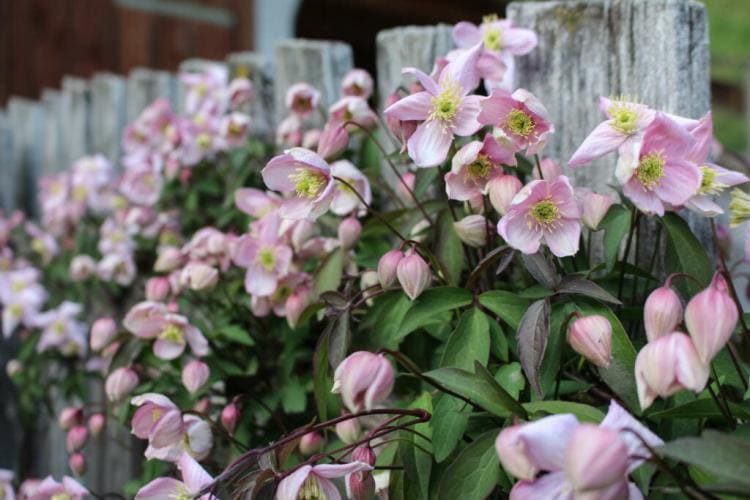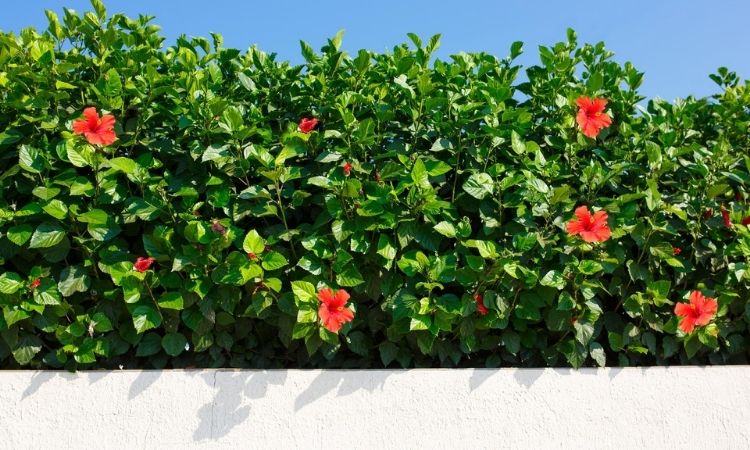Festuca Rubra: Properties And Uses Of The Red Fescue
The red fescue ( Festuca rubra ) is a common ingredient in lawn seed mixtures for the garden. But what are the properties of the grass and how is it used in the lawn?
No lawn grass is so fine-leaved and can grow as dense and carpet-like as Festuca rubra. This makes the red fescue on the one hand an important refiner of ornamental lawns, on the other hand, it is common to use it on golf courses when the ball needs to roll particularly well. Because red fescue optically enhances the lawn in the home garden and also has extremely low demands on soil and climate, it is made for many members of our Gardender Premium lawn family.
Festuca rubra : origin and description
Table of Contents
Like the German ryegrass ( Lolium perenne ) and the meadow panicle ( Poa pratensis ), the red fescue belongs to the sweet grasses ( Poaceae ). There are various subspecies of Festuca rubra in the temperate climates of Europe, Asia, America, and Africa. Some of them tend to grow in clumps, others in turn to areal growth through underground runners.
Common red fescue also grows well on poorer, drier soils and can withstand severe winters and heavy, frequent browsing by herbivores without any problems. The narrow leaves are gray-green and hairless. Festuca rubra is perennial and grows up to a height of 20 to 80 centimeters every year in the natural habitat. The red fescue forms seeds on double-ended inflorescences in high to late summer.
Tip: Festuca rubra is hardy and can be pruned deep regularly. Due to these good properties, it can be found in our Gardender lawn repair and shade lawn as well as the Gardender sports and play lawn in clever combinations of different subspecies.
Properties and use of the red fescue
The subspecies of the red fescue can sometimes differ markedly from one another. For a general overview, we have summarized common properties of the species for you at a glance.
What are the properties of Festuca rubra?
In the following overview we have summarized what makes the red fescue so special:
The red fescue in a nutshell
| features | The leaves are gray-green and fine; Depending on the subspecies, from dense leaves through growth in clumps to regenerative through subterranean runners |
| Expectations | Low demands on climate, soil, and nutrient supply, wide tolerance range |
| Durability | Medium varies depending on the subspecies |
| use | Sports and play lawns, lawn repair and shadow lawns, also in deep cut lawns and ornamental lawns |
| Germination time and development | Relatively quick germination and initial development, good weed displacement |
| Minimum cutting height | Depending on the variety, 6 to 20 mm; suitable for regular deep cuts |
| particularities | The finest, most precious leaf of all lawn grasses |
Festuca rubra can display very different properties depending on the subspecies under consideration. Subspecies like Festuca rubra ssp. commutata form a dense, carpet-like scar, but damage in the lawn cannot regenerate via runners. Subspecies such as Festuca rubra ssp. rubra, on the other hand, often have a loose scar, but can quickly close holes in the lawn.

If you look at the red-brown ears of the grass, the species name rubra (Latin for “red”) is quickly explained
By the way: The growth behavior of the different subspecies of the red fescue is so different that they complement each other perfectly. For this reason, our shadows lawns and the Gardender sports and play lawns contain varieties from both groups: This ensures a fine, dense look and good regenerative capacity. By adding the subspecies Festuca rubra ssp. trichophylla, our mixtures also become more tolerant of drought, waterlogging, shade, and even salt that can get onto the lawn through grit in winter.
How is Festuca rubra used?
Due to its broad location tolerance, the red fescue is a popular all-rounder in all lawn-seed mixtures that are intended for lawns with low to medium pollution. In shady lawns, its shade tolerance is exploited, in sports and play lawns and lawn repair the good regenerative capacity of the stolon species. The extremely fine leaf is particularly valued on representative decorative lawns and golf turfs because of its elegant appearance and dense carpet formation. Grazing animals strangely disdain the grass, which is why it is unsuitable as fodder grass.
Different varieties of Festuca rubra
The targeted breeding of the red fescue strives to deepen the good characteristics of the respective subspecies and to weaken negative characteristics. To give you an overview, you will find an example here from the different growth groups of the red fescue.
Festuca rubra ‘Barlineus’ (clump-forming red fescue):
Growing slowly; beautiful green even in winter; very fine leaf; very dense sward; good competitiveness against weeds; medium durability; Ideally suited for play and sports lawns as well as ornamental lawns
Festuca rubra ‘Spice’ (red fescue):
Medium fast-growing; not always green in winter; fine leaves and moderately dense stigma; good weed control and medium durability; good suitability for less stressed sports and play lawns: positive, as it can regenerate damage

On the golf turf, the fine, short-cut red fescue is preferred around the hole
Festuca rubra ‘Viktorka’ (red fescue with short runners):
Rather slowly growing; relatively green in winter; extremely fine leaves and extremely dense sward; good competitiveness against weeds; low durability; good suitability for sports and play lawns and ornamental lawns
High-quality lawn seed mixtures make use of the contrary properties of the various red fescue groups so that a dense and regenerative lawn is created. Our sports and play lawns and the Gardender shadow lawns also pursue this tactic, which creates the particularly high premium quality of the lawn. In turf pavers like our turf repair, weeds are used together with the USA ryegrass ( Lolium perenne ‘Corsica’ or ‘New Orleans’), for example, so that holes in the lawn are quickly covered before weeds settle in the lawn.





